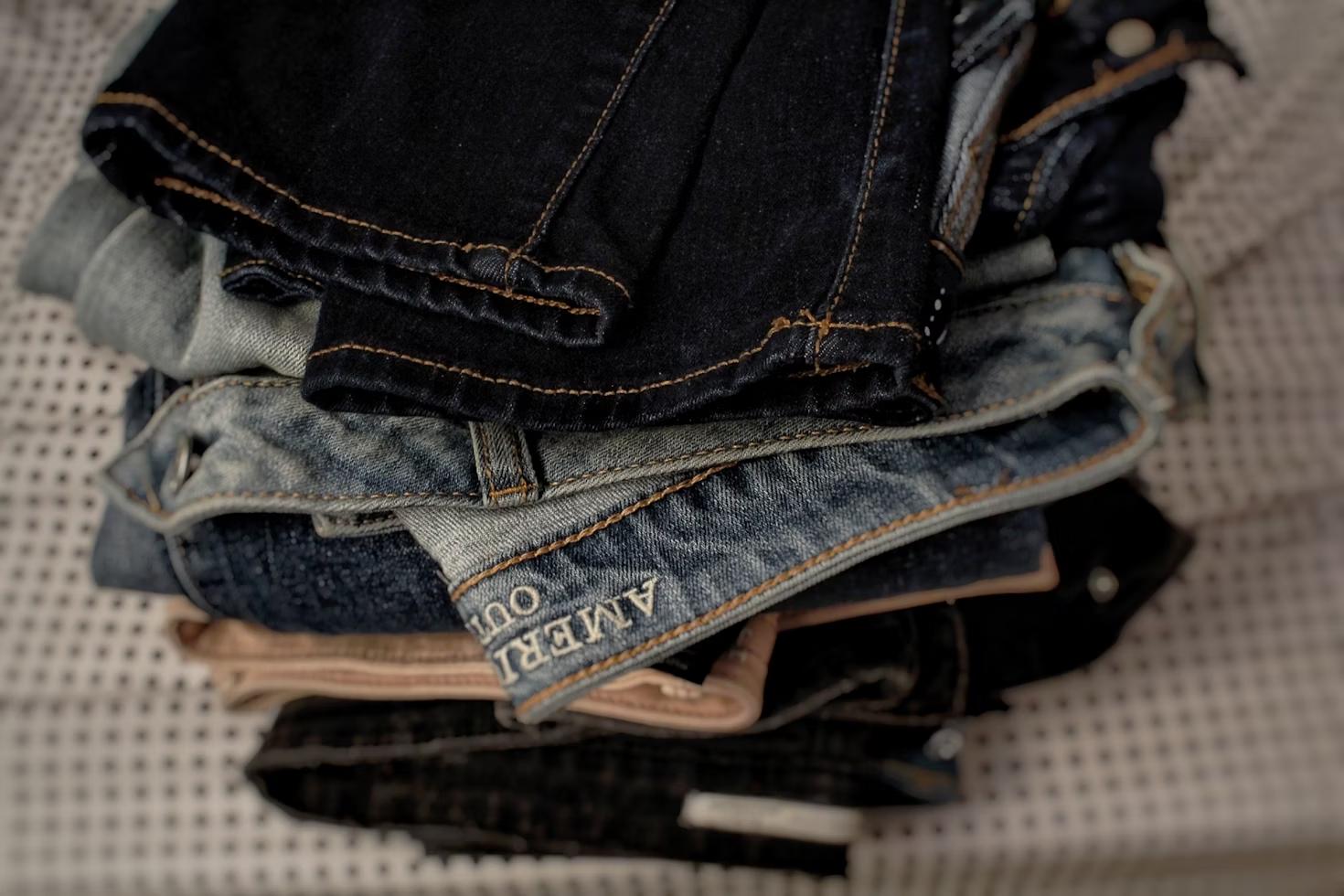Donating clothes is a great way to help people get affordable clothing while reducing waste. However, not all clothing donations are helpful. Some items may be unusable or even create extra costs for charities that have to dispose of them. By learning what to donate and what to avoid, you can make a meaningful difference in your community.
What to Donate
1. Gently Used or New Clothes
Most charities look for clean, wearable clothing in good condition. Items such as t-shirts, pants, jackets, dresses, and sweaters that are free of stains, rips, or heavy wear are ideal for donation.
2. Seasonal Clothing
Many community organizations need seasonal clothing, especially during extreme weather. Donate coats, gloves, and boots in winter or lightweight clothing for summer.
3. Professional Attire
Business-appropriate clothing such as suits, dress shirts, and skirts can help individuals in job placement programs or those re-entering the workforce. These donations can boost confidence and provide opportunities for success.
4. Children’s Clothes
Kids outgrow clothing quickly, making children’s clothes one of the most needed donation items. Many families rely on donated clothing to keep their children properly dressed throughout the year.
5. Shoes and Accessories
Gently worn shoes, belts, hats, and scarves are valuable donations as long as they are still in good condition. These are usually distributed to individuals who may not have access to proper footwear or accessories.
6. Undergarments (If New)
New socks, bras, and underwear are among the most requested items by shelters but are often overlooked by donors. Ensure these items are unused and still in their original packaging.
What Not to Donate
1. Damaged or Stained Clothing
Most organizations do not accept clothes with holes, heavy stains, or strong odors. If an item is too worn out for you to wear, it is likely unsuitable for donation. Instead, consider textile recycling programs.
2. Wet or Moldy Clothing
Moisture can cause mold and mildew, ruining clothing and potentially affecting other donated items. Ensure all clothes are clean and completely dry before donating.
3. Used Socks and Underwear
Unless brand new, socks and undergarments are typically not accepted due to hygiene concerns. These items should be purchased new if you want to donate them.
4. Swimsuits and Pajamas
Some charities may not accept used swimwear or pajamas for sanitary reasons. Always check with the organization before donating these items.
5. Costumes or Specialty Clothing
Items such as Halloween costumes, prom dresses, or uniforms may not be useful for most donation centers. These may be better suited for specific programs or resale shops.

For an easy and impactful way to donate, consider We Pickup Clothes, a trusted clothing donation pickup service in the Chicago suburbs. We provide free donation pickup, making it simple to declutter while ensuring your items are sent to underdeveloped countries. With our clothing donation pickup from home, you can schedule a convenient pickup and leave your items outside by 8 a.m. on the chosen day. Plus, in 2025, for every pickup scheduled, we’ll donate one meal to the Greater Chicago Food Depository.
Contact us, follow this guide to clothing donations, and make a difference with We Pickup Clothes.




